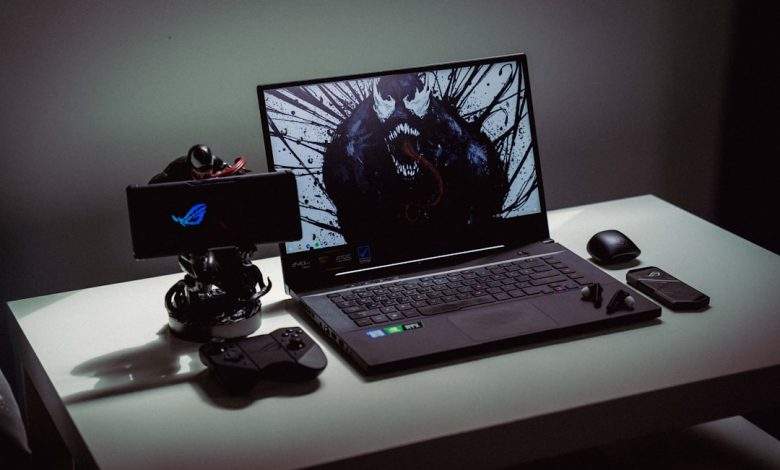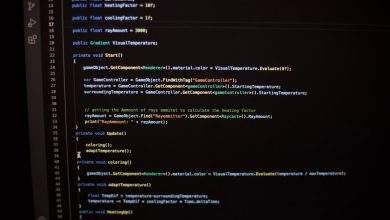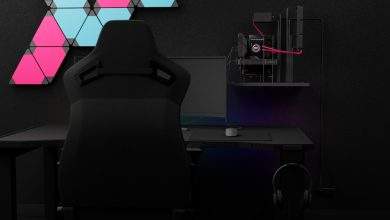
What are the differences between a virtual assistant and a personal assistant?
In the modern workforce, the need for assistance with daily tasks, scheduling, and administrative work has led to the rise of both virtual assistants (VAs) and personal assistants (PAs). Although the two roles may appear similar on the surface, there are significant differences between them in terms of work environment, responsibilities, and skills. Understanding these distinctions can help businesses and individuals make informed decisions about the kind of support they need.
Both types of assistants are valuable assets in their own right, but the context of their use, availability, and strengths tend to vary. Some individuals may benefit more from the flexibility of virtual support, while others might require the personalized touch of an in-person assistant.
Virtual Assistant: Remote Efficiency
A virtual assistant is a professional who offers administrative, technical, or creative assistance to clients remotely. Thanks to advancements in communication tools and cloud-based platforms, VAs can work from virtually anywhere in the world.
[ai-img]virtual assistant, remote working, laptop[/ai-img]Key characteristics of virtual assistants include:
- Remote Work: VAs operate from home or a shared office space, communicating through emails, instant messaging apps, video calls, and project management tools.
- Flexible Employment: They often work as freelancers or independent contractors, file their own taxes, and may serve multiple clients simultaneously.
- Specialized Skills: Many VAs offer services in niche areas such as digital marketing, graphic design, content creation, bookkeeping, and social media management.
- Cost-Effective: Hiring a VA typically reduces overhead costs since businesses don’t need to provide office space, equipment, or benefits.
Businesses, especially startups and entrepreneurs, often turn to virtual assistants to reduce workload, streamline operations, and focus on core growth strategies.
Personal Assistant: In-Person Support
A personal assistant usually works closely with one individual or a small group of people, providing hands-on support with daily administrative and personal tasks. They are typically present in a physical workspace and sometimes assist with personal errands outside the office.
[ai-img]personal assistant, office, organizing desk[/ai-img]Key characteristics of personal assistants include:
- Physical Presence: PAs often work in-office or on-site, handling everything from phone calls and scheduling to meeting preparations and physical document handling.
- One-on-One Relationship: They typically cater to a single executive or professional, offering tailored support with business and sometimes personal matters.
- Professional Discretion: PAs are trusted with confidential information and are expected to maintain discretion at all times.
- Errand Running: Unlike VAs, personal assistants may be expected to complete hands-on tasks such as picking up lunch, delivering packages, or organizing events in person.
In corporate environments or among high-profile professionals, personal assistants are often regarded as indispensable due to their ability to manage minute-to-minute schedules and in-person interactions smoothly.
Main Differences Between Virtual and Personal Assistants
Although there is some functional overlap, the differences between a virtual assistant and a personal assistant are clear when comparing key areas:
- Work Location: VAs work remotely; PAs are physically present.
- Scope of Tasks: VAs are often task-specific, tech-oriented; PAs are task-diverse and can be more hands-on.
- Employment Type: VAs tend to be freelancers; PAs are usually full-time employees.
- Cost: VAs may be more affordable for businesses looking to reduce operational expenses.
- Flexibility: VAs offer flexible hours and can work across different time zones; PAs usually follow business hours.
Understanding these differences is critical for selecting the right type of support depending on the organization’s size, budget, and specific needs.
Conclusion
The choice between a virtual assistant and a personal assistant ultimately comes down to the nature of the tasks, the level of personal involvement required, and budget considerations. Both roles bring unique advantages to the table. While VAs provide remote efficiency and specialized skills, PAs deliver in-person reliability and high-touch assistance. Recognizing where their strengths lie is the key to optimizing productivity and maintaining a well-organized workflow.
Frequently Asked Questions
- Q: Can a virtual assistant do everything a personal assistant does?
A: Not always. Virtual assistants excel at digital and administrative tasks, but they cannot handle physical errands or on-site duties. - Q: Are virtual assistants more affordable than personal assistants?
A: Generally, yes. Without the need for office space or employment benefits, virtual assistants are typically a more budget-friendly option. - Q: Do personal assistants handle private or personal matters?
A: Yes. Personal assistants often help with both business and private tasks, from booking personal appointments to managing household schedules. - Q: Can a business employ both types of assistants?
A: Absolutely. Many businesses find value in utilizing both virtual and personal assistants to cover a wider range of needs. - Q: How do I decide which assistant is right for me?
A: Consider your task list, preferred working style, and budget. Virtual assistants suit those needing digital help; personal assistants fit those requiring in-person support.



